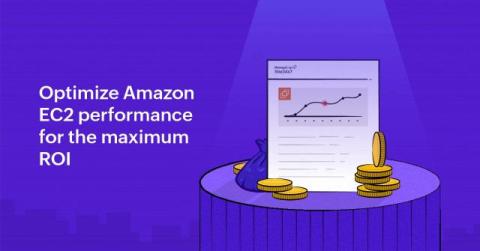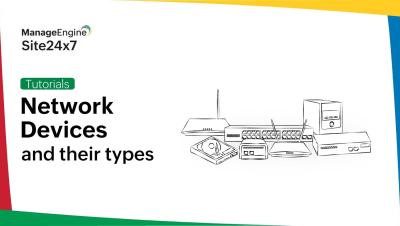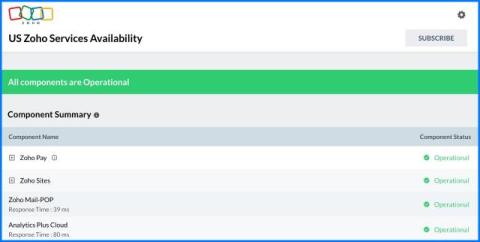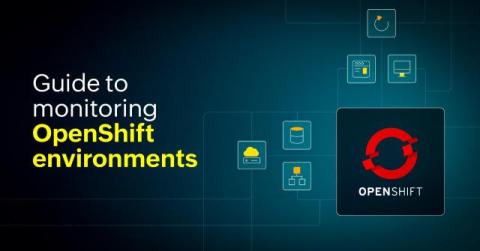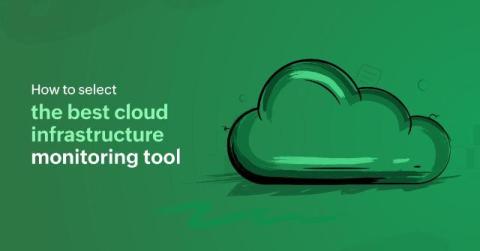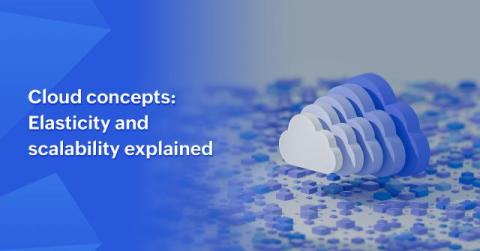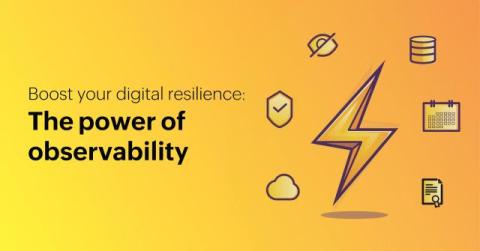How traditional IT monitoring is holding back digital transformation for Australian SMEs
In today's digital landscape, monitoring IT systems and infrastructure is crucial for ensuring operational efficiency and maintaining business continuity. Australian small and medium enterprises (SMEs) understand the importance of monitoring but often struggle to fully leverage its capabilities. One common challenge is the siloed nature of IT operations, where different components of the IT ecosystem operate independently, leading to fragmented visibility and disjointed management.



